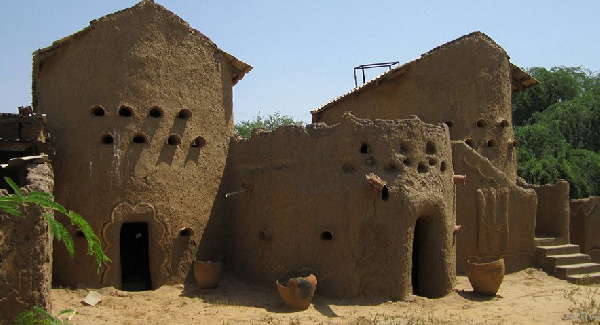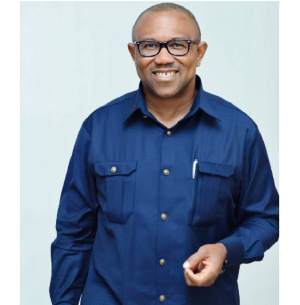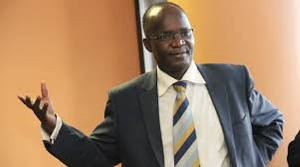How Chad came to have its name

The nation may have begun in 1960 but the geographical area has been populated since the 7th millennium BC. The earliest settlements in the area were founded by the Sao people who have become known for their eccentric oral histories.
After the Sao came the Kanem people whose empire, the Kanem-Bornu Empire, spread to modern Niger, Chad, Nigeria and Cameroon.
Kanem and the empires that came after that grew because of their control of the trans-Saharan trade routes that passed through the region. Kanem for instance proved so successful with the slave trade that at a point, one in three people in the empire was enslaved.
Today in Chad, those who identify as Kanem make up just a little under 10% of the population. While the Nilotic Sara people are in the majority, over 10% of Chadians identify as Arab, and are locally called Baggara.
It was the earliest peoples of the basin of Lake Chad who are credited with naming the country we know today. Lake Chad has been in existence for 7,000 years and has provided the reason for settlement for countless peoples during this time.
Chad is called as such in the Kanuri language because it is a reference to the waters. Soon enough, the people’s linguistic term for a lake became the reference for the whole area. This was cast in stone with the European incursion into the area in the 18th and 19th centuries.
The Kanuri language, which is a continuum of dialects, is spoken across many parts of central Africa to this day. However, one will find more Arab speakers in Chad than Kanuri speakers despite the historical connection the latter has with the country.
Source: face2faceafrica.com





